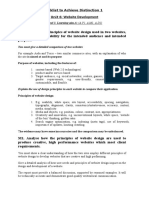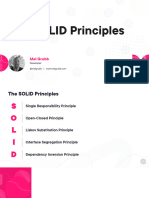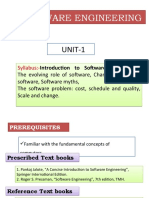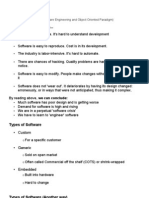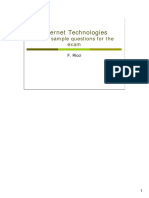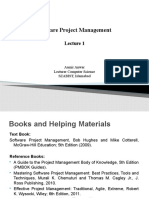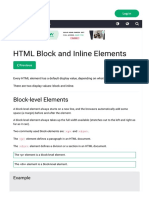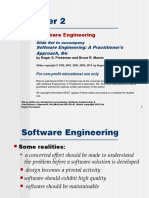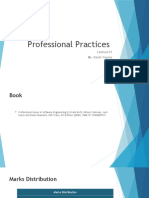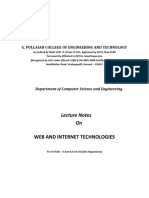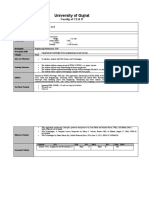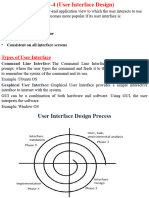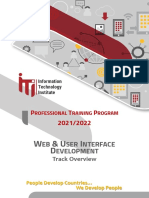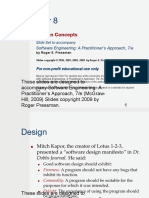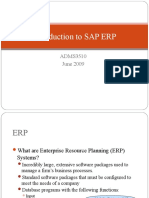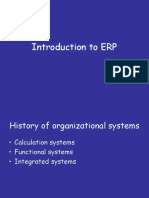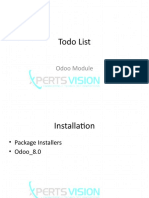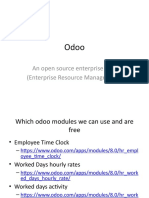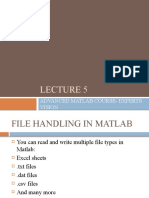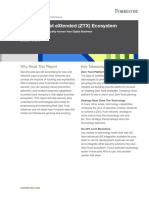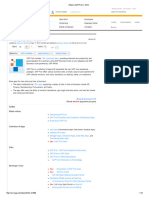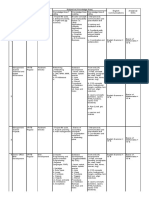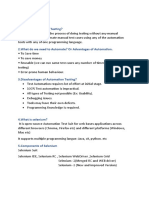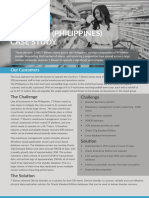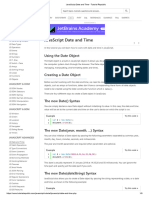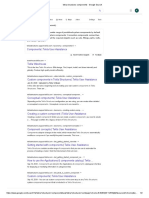0% found this document useful (0 votes)
203 views26 pagesWebEngineering - Lecture 01
This document provides an overview of key concepts in web engineering. It introduces the course and discusses why web applications are important. It defines web engineering as applying software engineering principles to build high-quality web-based applications. The document outlines the typical web engineering process, including formulation, planning, analysis, construction, testing, deployment and evaluation. It also discusses different types of web applications and attributes like network intensity. Best practices are presented like understanding business needs, modeling interactions, and comprehensive testing.
Uploaded by
Hira MazharCopyright
© © All Rights Reserved
We take content rights seriously. If you suspect this is your content, claim it here.
Available Formats
Download as PPTX, PDF, TXT or read online on Scribd
0% found this document useful (0 votes)
203 views26 pagesWebEngineering - Lecture 01
This document provides an overview of key concepts in web engineering. It introduces the course and discusses why web applications are important. It defines web engineering as applying software engineering principles to build high-quality web-based applications. The document outlines the typical web engineering process, including formulation, planning, analysis, construction, testing, deployment and evaluation. It also discusses different types of web applications and attributes like network intensity. Best practices are presented like understanding business needs, modeling interactions, and comprehensive testing.
Uploaded by
Hira MazharCopyright
© © All Rights Reserved
We take content rights seriously. If you suspect this is your content, claim it here.
Available Formats
Download as PPTX, PDF, TXT or read online on Scribd
/ 26





